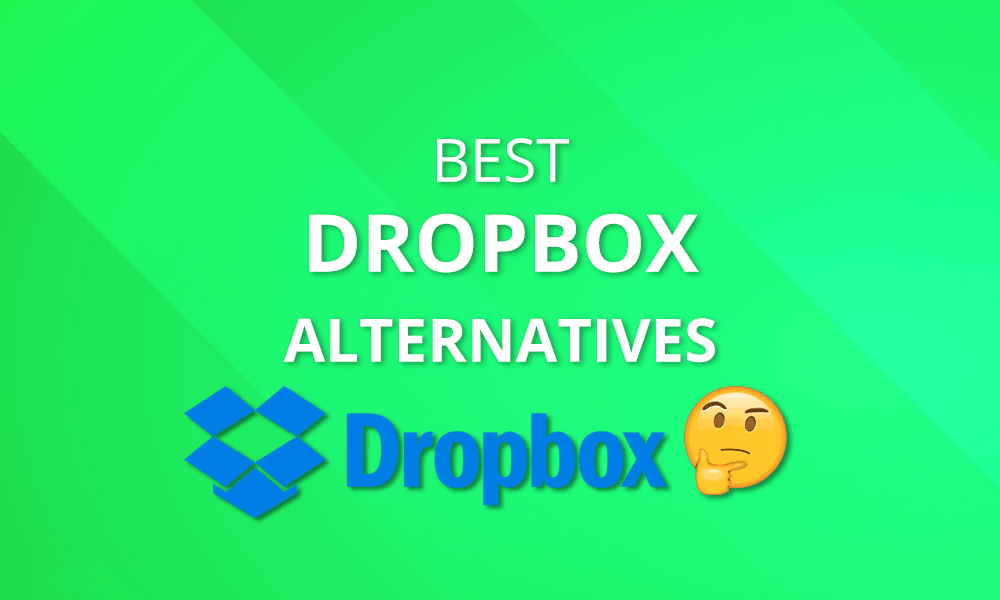

Even if you discard old versions, files are only truly deleted from IDrive when you empty out the built-in archive folder.īackblaze only keeps old file versions for 30 days. These files do count against your storage limit, so you have control over how many versions to keep and for how long. With IDrive, you can store up to 30 previous versions of a file for an unlimited amount of time. When it comes to file versioning, IDrive is much more robust than Backblaze.

For files that you want to keep constantly synced across all your devices, IDrive offers a dedicated sync folder in your file explorer. You also get to set the schedule when these folders are backed up. One thing we like about both the IDrive and Backblaze backup clients is that you get to choose what folders to designate for upload to the cloud. If that’s not sufficient, organizations will need to outsource the role, adding additional costs.IDrive offers a backup and sync app for desktop and mobile devices (Image credit: iDrive) Local storage and backup rely on in-house IT support. Some cloud providers also offer training. The cost to set up and maintain local storage infrastructure like servers can be very expensive.Ĭosts also include space to store servers and other physical hardware.Īccess to 24/7 dedicated technical support. Transparent and predictable, based on usage. There’s no option of unlimited storage, unlike cloud backup services.įor organizations with growing needs, there’s a need to keep purchasing and maintaining adequate storage. Less flexibility when you want to scale and increase storage capacity. Much easier to scale and increase storage and backup capacity. No dependency on internet connection or bandwidth, which can make storing files on local drives and servers faster than over the cloud. Less risk of downtime when using local storage like hard disks or USB flash drives. Reliability also depends on your internet connection and speed. Risk of server downtime that may impact operations.īecause you’re sharing server resources with many other parties, upload/download speeds may be impacted. Less exposure to malware and cyberattacks since local drives are not connected to the internet until plugged into a computer. Without a robust backup strategy, you risk losing data without the ability to recover it. Local storage and backup are especially vulnerable to loss and damage due to incidents like malfunction, theft, and natural disasters. Large cloud providers like Google Drive and Dropbox have more resources to build additional layers of security that are more robust.Ĭomes with comprehensive disaster recovery and backup strategies, so that data is never lost.Īllows more control over your data - you can decide where your files are stored and who has access. If you’re offsite and systems are down, there’s no way of accessing your data.Ĭomes with built-in features like access control options, data encryption, and 2-factor authentication. You would have to retrieve the data or files from storage and share with others via email or USB drive.ĭata retrieval is relatively straightforward and quicker. Local storage and backup are not as efficient for collaboration. Via the cloud, teams can access and work on the same file at any time, whether they are remote or onsite. Multiuser collaboration and accessibilityĬloud storage, when paired with cloud backup and cloud sync services, enables collaboration, file sharing and multiuser, role-based access.

(Though you also get more control over frequency and storage of backups.) Cloud backup has fully automated scheduling features that can be configured based on specific requirements.ĭata backup is a more hands-on and labor-intensive process.



 0 kommentar(er)
0 kommentar(er)
